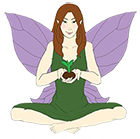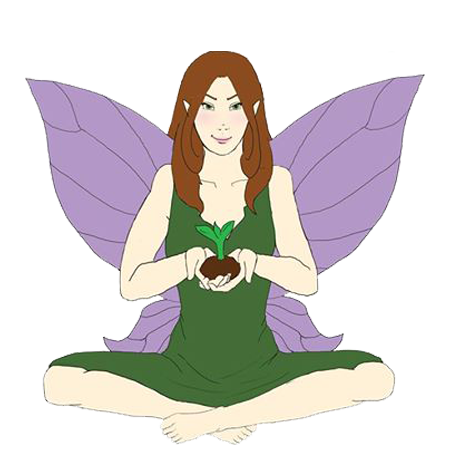The Ramps are Coming!
The Ramps (Allium tricoccum) are coming!! The young Ramp shoots began appearing a couple weeks ago in the Northeast and with all the rain we’ve been having, they are growing in leaps and bounds! If you’re not familiar with Ramps, they are one of the most interesting and popular wild green. A relative of the Wild Onion Grass (Allium vineale) and our cultivated Garlic (Allium sativum), Ramps possess a similar taste profile although often even more pungent.
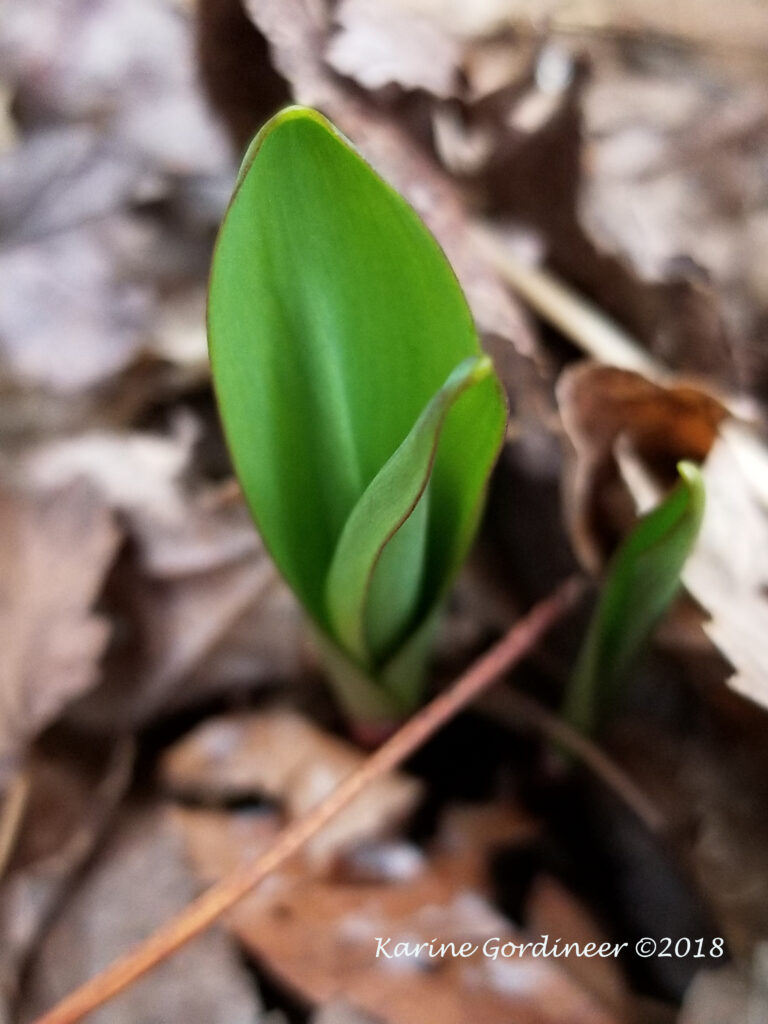
Ramps can be used in every place you would use a Leek, raw in salads, sauteed as a side dish, and in traditional Potato/Leek soups. Ramps appear in early spring with 2 or 3 waxy feeling, leaves that smell strongly of Onion or Garlic when bruised or crushed. They have a white, underground Leek-like bulb. I love the unique and fresh taste of wild foods and this one is a favorite for sure! But before you get to harvesting, there are a number of things to keep in mind. Continue reading for important information you won’t want to miss!
The most important thing to know above all, is the correct identification. This is true for any wild harvesting but even more so for Ramps as it has been mistaken for one of the deadliest plants in North America, American Hellebore (Veratrum viride). I personally think the two plants look vastly different, but I have encountered people who have mistaken the young American Hellebore (and even older plants) for Ramps. Below is a photo of American Hellebore. You can see the leaves are ovate with entire leaf margins. The leaves are deeply pleated and arranged spirally on stiff stems. Ramps on the other hand, have only 2 (and occasionally 3) leaves per plant, the leaves are rubbery in texture and smell strongly of Onions. Getting to know the 2 plants very well is of crucial importance before harvesting.
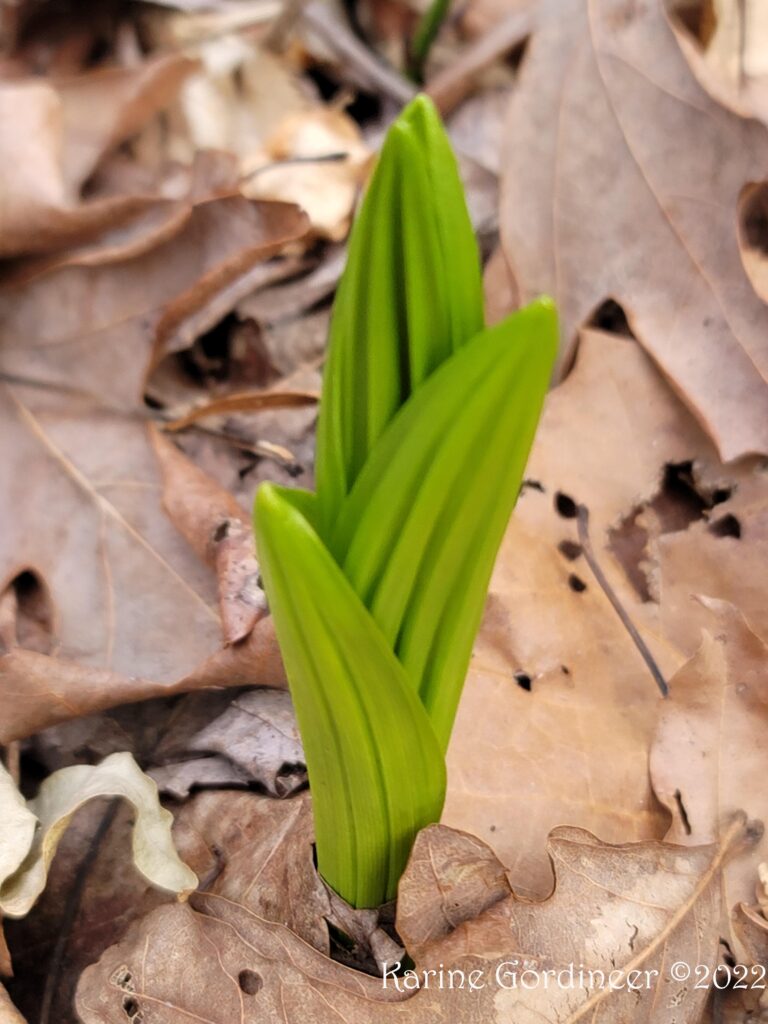
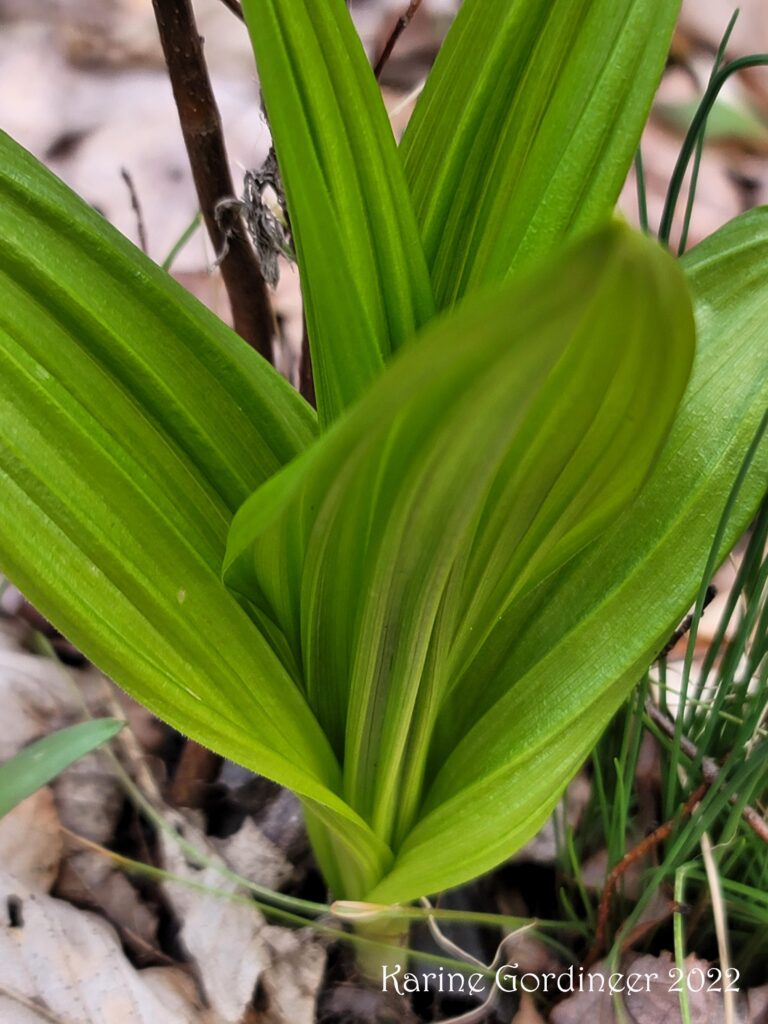
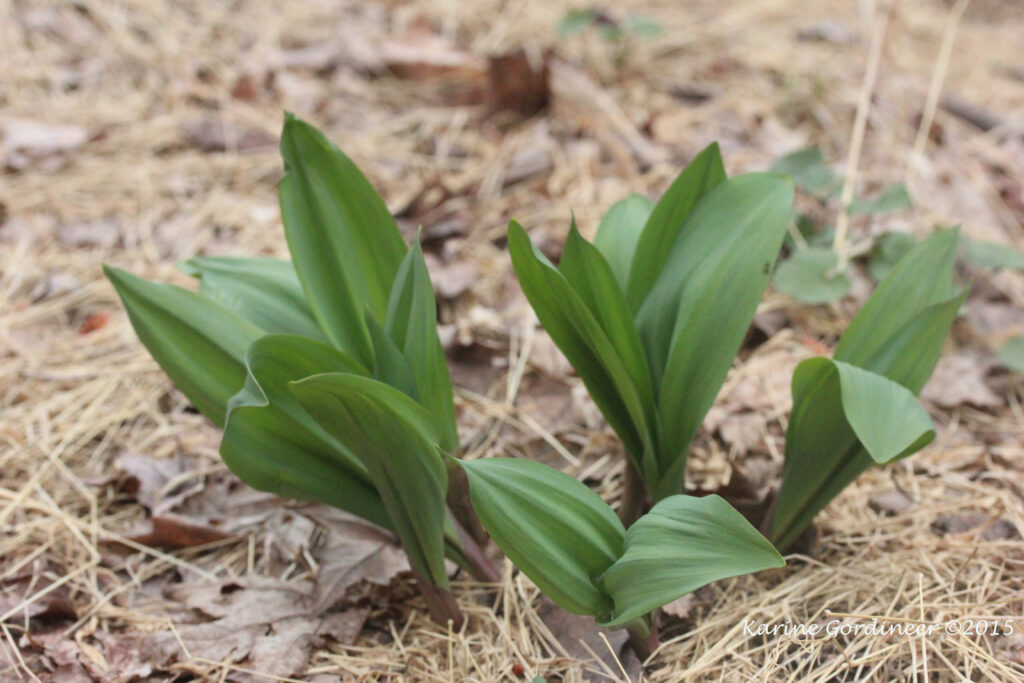
Ramps were once an important Pioneer food in Spring. After having lived off food stores all winter, these lively greens would be a welcome fresh and choice edible and large festivals held over days of harvesting and preparing various Ramp dishes. Even today in the South, Ramp festivals are often held throughout the Spring months.
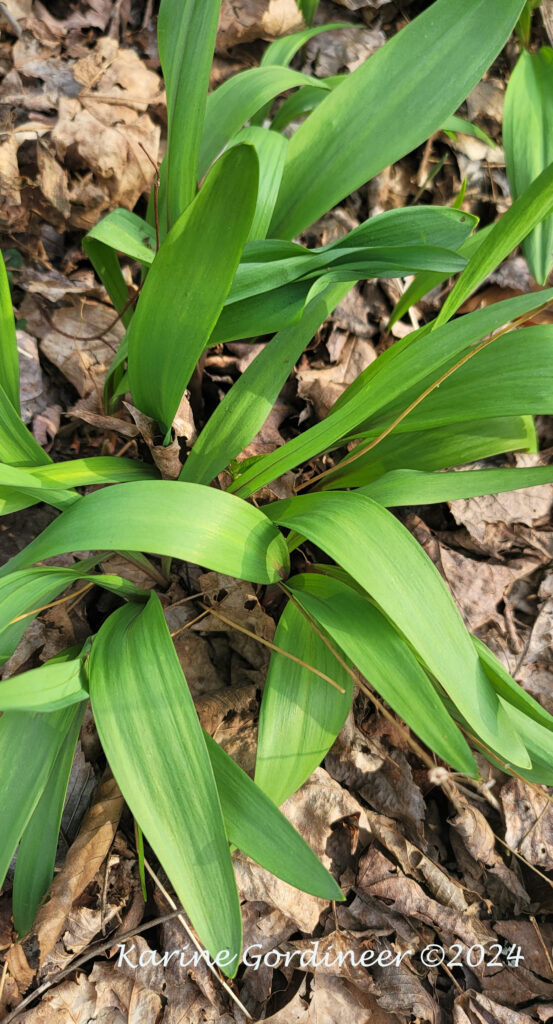
Ramps also possess medicinal properties related to the cardiovascular system and can be naturally lowering to blood pressure and cholesterol levels. Like many herbs in the Allium genus, they aid in increasing circulation to the heart and are beneficial to overall cardiovascular health. They have antibacterial, antifungal, and antibiotic properties killing certain pathogens directly, as well as increasing the activity of the immune system. They help to balance the intestinal flora aiding in improved digestive function. Native tribes would use the juice from the bulb for earaches.
The sustainable harvesting of Ramps are of vital importance. Given this wild green’s popularity, whole stands are often wiped out in a single season which is a travesty and completely unnecessary. Never harvest an entire stand or even 50% which is way too much. If you harvest 50% and then the next person that comes along does the same thing, soon they will all be gone. First off, you should always harvest only what you actually need spreading your harvesting around so that it’s not concentrated in any one area. One way to harvest Ramps sustainably is to never harvest the bulbs. Given that Ramps are a very slow growing perennial, often taking up to 7 years to reach maturity, harvesting the bulbs puts a tremendous strain on wild populations making it difficult for them to rebound. Given that the leaves are quite pungent, harvesting only the leaves, and only 1 leaf per plant will help to ensure the survival of this native species. Spreading your harvesting around amongst patches is another way to not put too much strain on one group of plants. Make sure to follow the life cycle of this plant to be sure to plant the seeds in the Fall.
Another one of the best ways to harvest Ramps sustainably is to grow your own patch! You’ll have the joy of watching these lovely plants growing nearby and the satisfaction of knowing you’re helping to protect a native species. A win win all the way around!
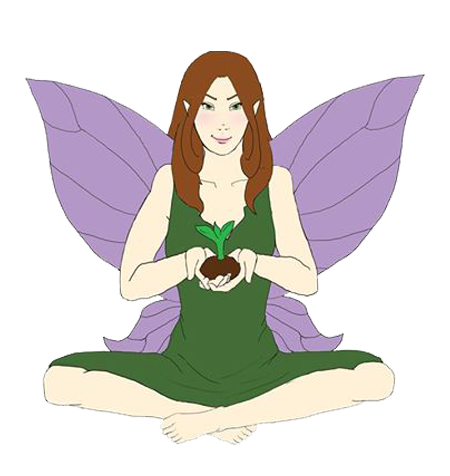
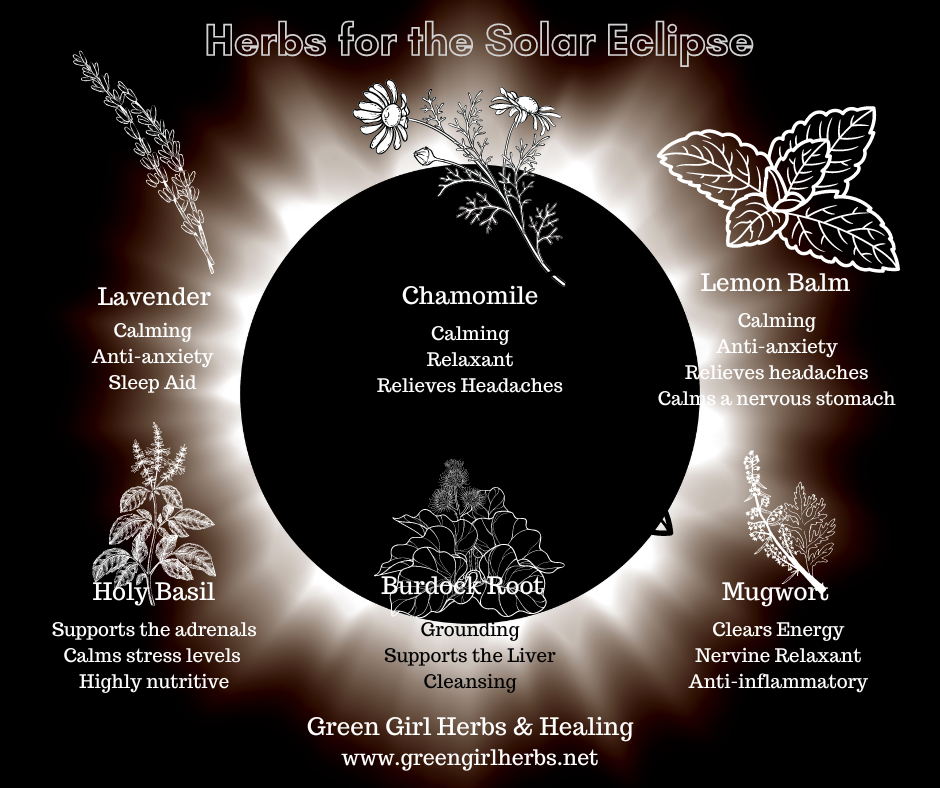
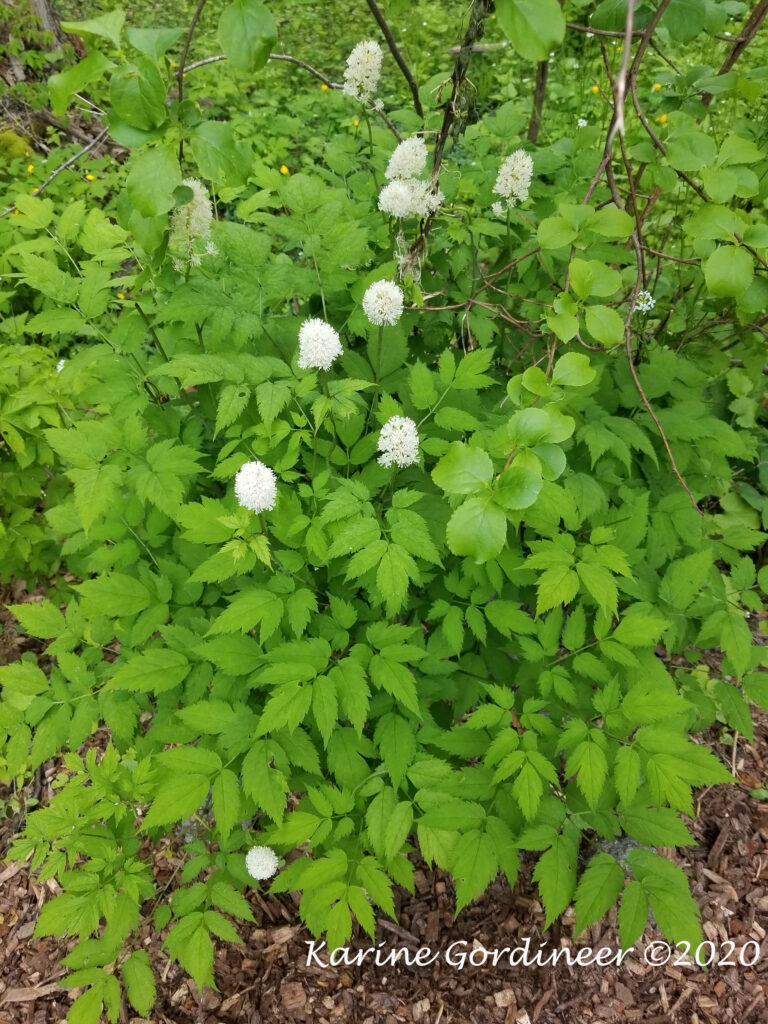
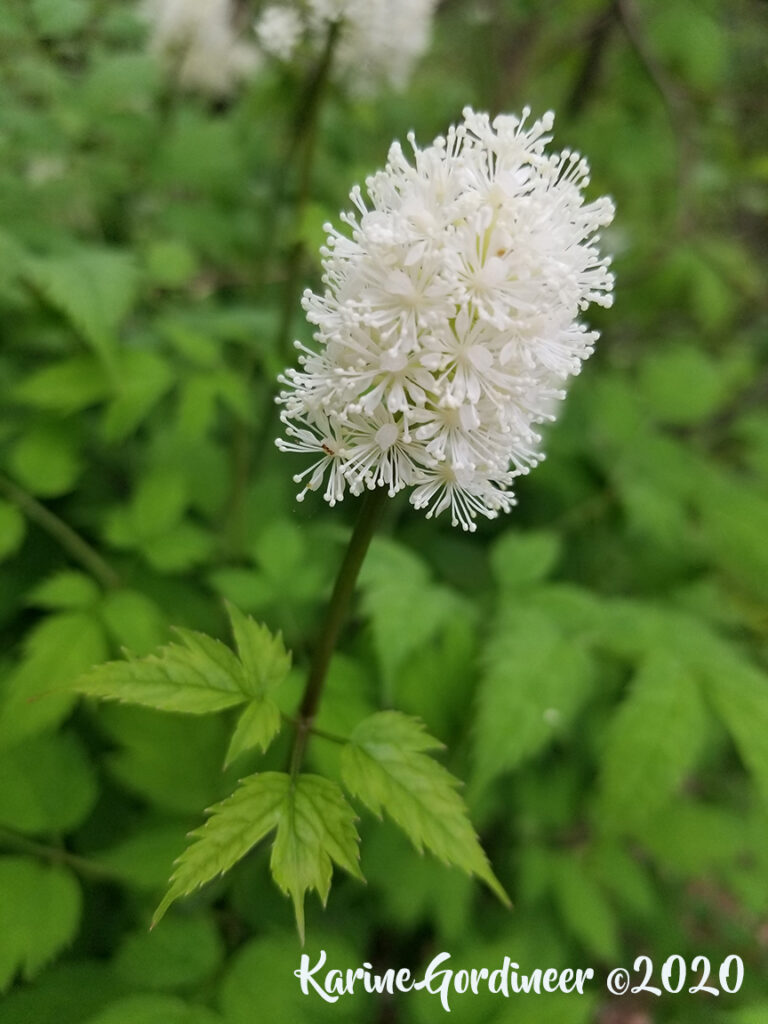
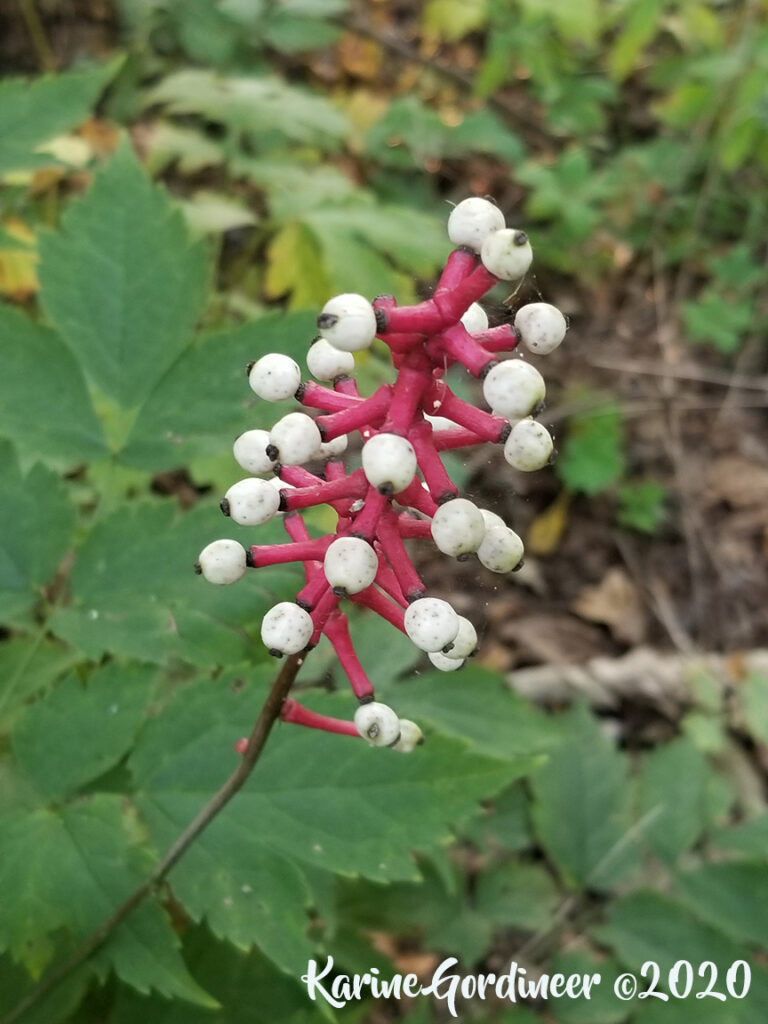
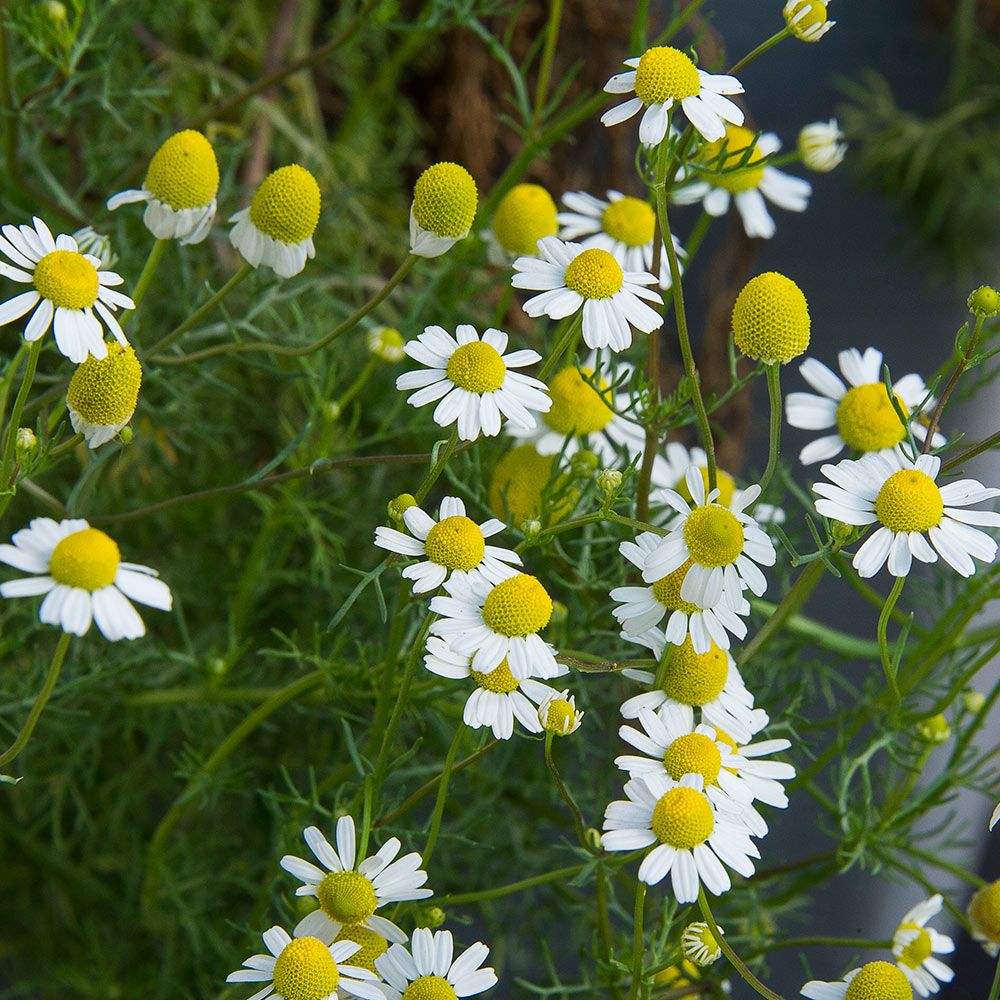

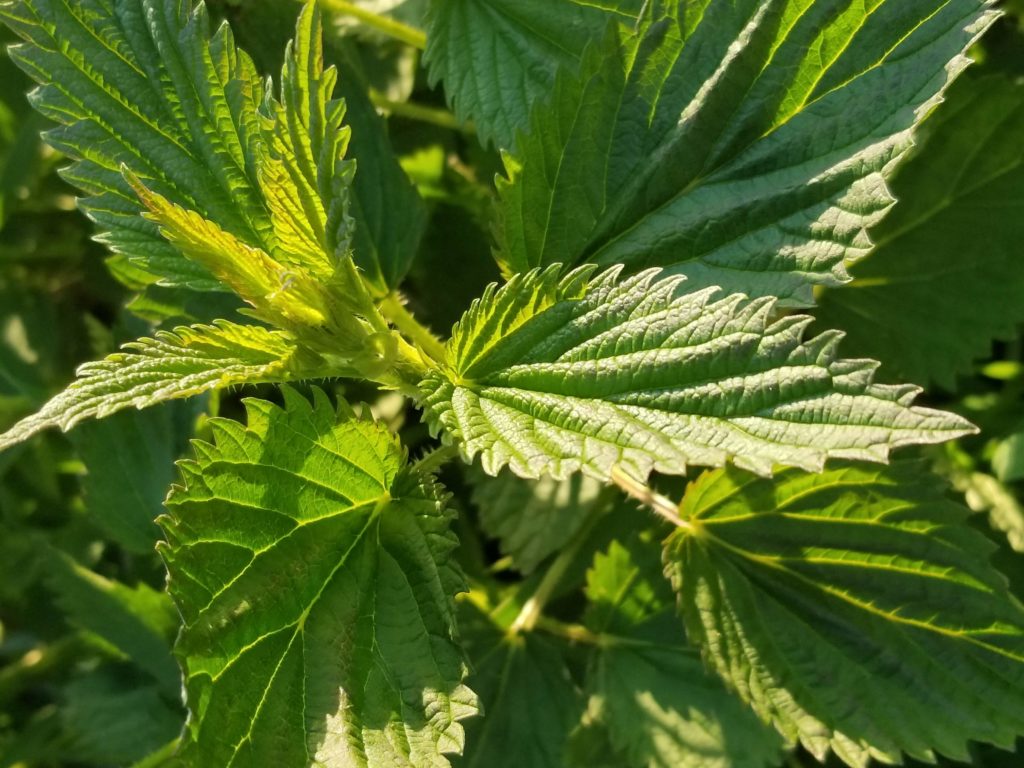

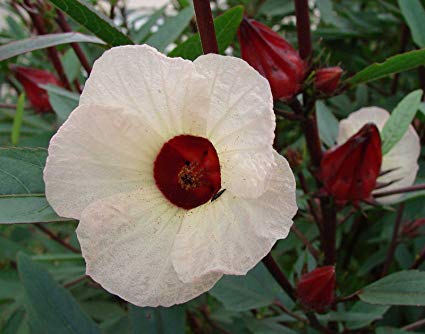

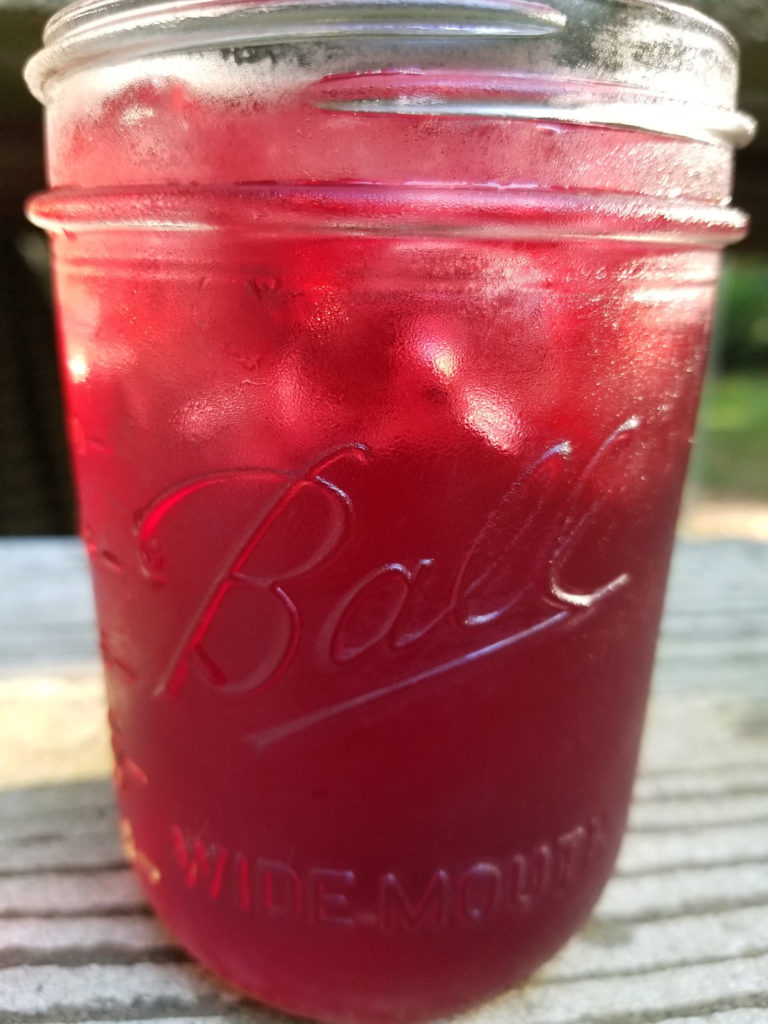


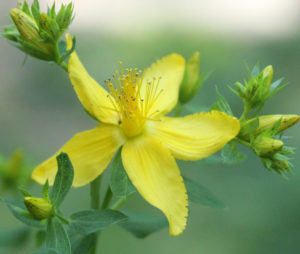 As you’ve probably already guessed from this website, I love plants. Medicinal plants have been a long time focus and calling although all plants are healing in their own wonderful and varied ways. This blog post has been a very long time coming. Its first stirrings began many years ago and came again while harvesting St. John’s Wort (Hypericum perforatum) flowers in the bright, warm, embracing sun in the summer of 2015. It had been a trying year full of unexpected changes as my mother had died suddenly in the very early and sleepy spring. Anyone that has experienced grief especially the raw grief that comes on abruptly unexpectedly leaving you breathless in an instant as all the oxygen in your universe is viciously sucked away in one soundless swoosh. My experience certainly didn’t pale in that regard. It left me feeling as tiny as a fish flopping around outside of its safe, natural borders into unchartered, foreign, and wholly un-supporting terrain.
As you’ve probably already guessed from this website, I love plants. Medicinal plants have been a long time focus and calling although all plants are healing in their own wonderful and varied ways. This blog post has been a very long time coming. Its first stirrings began many years ago and came again while harvesting St. John’s Wort (Hypericum perforatum) flowers in the bright, warm, embracing sun in the summer of 2015. It had been a trying year full of unexpected changes as my mother had died suddenly in the very early and sleepy spring. Anyone that has experienced grief especially the raw grief that comes on abruptly unexpectedly leaving you breathless in an instant as all the oxygen in your universe is viciously sucked away in one soundless swoosh. My experience certainly didn’t pale in that regard. It left me feeling as tiny as a fish flopping around outside of its safe, natural borders into unchartered, foreign, and wholly un-supporting terrain.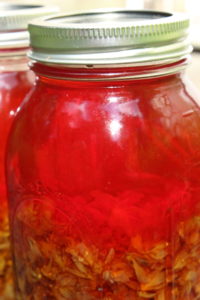 the plants, playing my flute, and harvesting the plant’s gifts. I especially found myself spending much time with St. John’s Wort, or St. Joan’s Wort as she prefers. On this particular day I was harvesting St. Joan’s Wort in the baking Sun to be made into a healing oil. It’s one of my favorite things to do. She has been one of my plant allies for several decades. Early on She drove away “seasonal blues” and calmed sciatica pain and sore muscles. Over the years I’ve had the privilege of sharing her medicine with so many people through classes and remedies from her bright yellow flowers that turn red when bruised or steeped in oil. Making St. Joan’s Wort oil and salve has become a catharsis for me, a rite of passage, and just one of the ways that I keep reconnecting with Her power year after year. The year my mother passed I found myself drawn to her over and over again. A strong drawing not out of balance but a gentle knowing that She was there waiting for me daily. I would seek Her out making flower essences, oils, solar infusions, and many times solely for the purpose of being in Her energy. This particular afternoon had been one of those moments that should be frozen for eternity the connection is so complete and profound that a timelessness drifts over like a summer breeze a completely welcoming surprise. As I bent to examine the bursting yellow blossoms it suddenly occurred to me that I was healing. I was working through the feelings surrounding my mother’s death one day at a time with the help of this absolutely amazing and powerful plant. I’d noticed over the months, that my energy and vitality were returning. At times I was even laughing and the deep and heavy sadness was lifting. In this beautiful, profound “ah ha” moment that burned deep in my soul I realized on an even deeper level that THIS is my medicine. This. All of it. Being in relationship with the plants, connecting, being on the Earth, harvesting in the way my ancestors have done for thousands of years. Simple, beautiful, and profound. This. This was my “medicine”, my power. I’ve been teaching about medicinal herbs and doing healing work for well over 30 years and yet there is always room to stretch farther, to go deeper.
the plants, playing my flute, and harvesting the plant’s gifts. I especially found myself spending much time with St. John’s Wort, or St. Joan’s Wort as she prefers. On this particular day I was harvesting St. Joan’s Wort in the baking Sun to be made into a healing oil. It’s one of my favorite things to do. She has been one of my plant allies for several decades. Early on She drove away “seasonal blues” and calmed sciatica pain and sore muscles. Over the years I’ve had the privilege of sharing her medicine with so many people through classes and remedies from her bright yellow flowers that turn red when bruised or steeped in oil. Making St. Joan’s Wort oil and salve has become a catharsis for me, a rite of passage, and just one of the ways that I keep reconnecting with Her power year after year. The year my mother passed I found myself drawn to her over and over again. A strong drawing not out of balance but a gentle knowing that She was there waiting for me daily. I would seek Her out making flower essences, oils, solar infusions, and many times solely for the purpose of being in Her energy. This particular afternoon had been one of those moments that should be frozen for eternity the connection is so complete and profound that a timelessness drifts over like a summer breeze a completely welcoming surprise. As I bent to examine the bursting yellow blossoms it suddenly occurred to me that I was healing. I was working through the feelings surrounding my mother’s death one day at a time with the help of this absolutely amazing and powerful plant. I’d noticed over the months, that my energy and vitality were returning. At times I was even laughing and the deep and heavy sadness was lifting. In this beautiful, profound “ah ha” moment that burned deep in my soul I realized on an even deeper level that THIS is my medicine. This. All of it. Being in relationship with the plants, connecting, being on the Earth, harvesting in the way my ancestors have done for thousands of years. Simple, beautiful, and profound. This. This was my “medicine”, my power. I’ve been teaching about medicinal herbs and doing healing work for well over 30 years and yet there is always room to stretch farther, to go deeper. 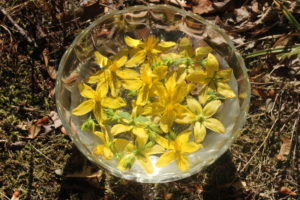 Even now I can feel Her roots working their way into my soul, into my Being. And I smile. This is the nature of the sacred medicine plants when we approach them with love, with gratitude, devoid of ego, and with an open heart. Bringing our whole selves with us; broken, bruised, and wounded. Or happy and joyous. It doesn’t matter. They react and relate to the authentic. To the real. To the childlike. To humility. To me it requires a complete giving over of the self and allowing oneself to be led. To be guided. Allowing yourself to “not know”. Letting it be okay to not have all the answers. That is where we become teachable. It is the place where the everyday and the sacred collide stretching on into eternity. This is where we embrace the Divine and in doing so we touch the sacred within ourselves. This is the place where we truly connect with the sacred medicine plants.
Even now I can feel Her roots working their way into my soul, into my Being. And I smile. This is the nature of the sacred medicine plants when we approach them with love, with gratitude, devoid of ego, and with an open heart. Bringing our whole selves with us; broken, bruised, and wounded. Or happy and joyous. It doesn’t matter. They react and relate to the authentic. To the real. To the childlike. To humility. To me it requires a complete giving over of the self and allowing oneself to be led. To be guided. Allowing yourself to “not know”. Letting it be okay to not have all the answers. That is where we become teachable. It is the place where the everyday and the sacred collide stretching on into eternity. This is where we embrace the Divine and in doing so we touch the sacred within ourselves. This is the place where we truly connect with the sacred medicine plants.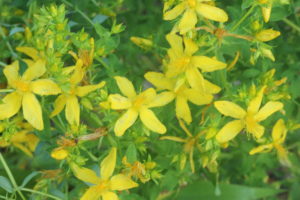
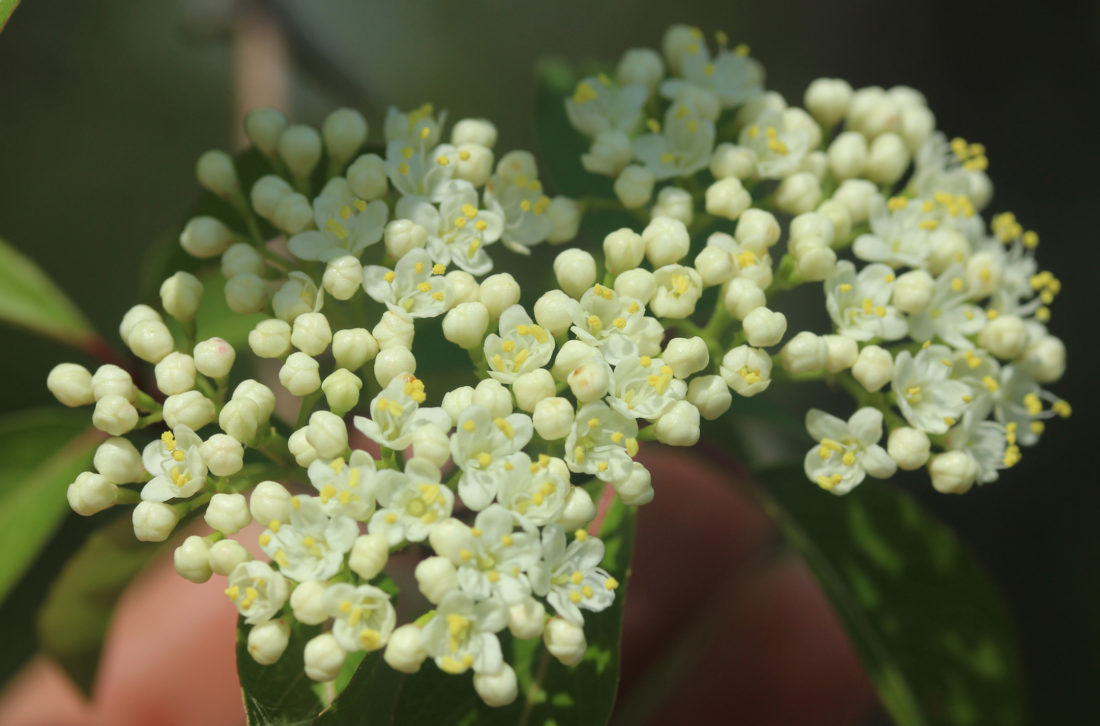
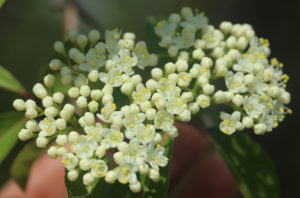 Every August I watch in anticipation for the deep purple berries of the Elder Tree. It’s technically not a tree at all but a tall growing shrub reaching heights of up to 12 feet. My obsession begins early in the summer at the end of June when the effusive flush of the fragrant inflorescence form into panicles of creamy white. Remarkably beautiful are the flowers that I can’t bear to harvest them plus I love the berries too much! These white blossoms have a special magic and medicine all their own, often being made into flavorful concoctions such as Elder Wine or Elder Flower Cordials, or into foods such as Elder Flower Fritters. Their medicinal uses are impressive as well for they are considered diaphoretic and carminative in nature and useful as teas to help resolve colds and flus quickly often reducing their duration by several days. Recent studies also suggest that Elder flowers have anticancer benefits and may help to support eye health.
Every August I watch in anticipation for the deep purple berries of the Elder Tree. It’s technically not a tree at all but a tall growing shrub reaching heights of up to 12 feet. My obsession begins early in the summer at the end of June when the effusive flush of the fragrant inflorescence form into panicles of creamy white. Remarkably beautiful are the flowers that I can’t bear to harvest them plus I love the berries too much! These white blossoms have a special magic and medicine all their own, often being made into flavorful concoctions such as Elder Wine or Elder Flower Cordials, or into foods such as Elder Flower Fritters. Their medicinal uses are impressive as well for they are considered diaphoretic and carminative in nature and useful as teas to help resolve colds and flus quickly often reducing their duration by several days. Recent studies also suggest that Elder flowers have anticancer benefits and may help to support eye health.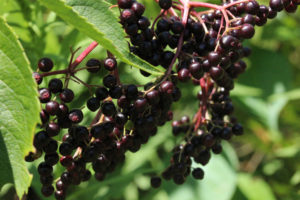 leave enough for my wild friends. Infinitely delicious are the berries, that they have been used in cooking pies and jams for centuries not to mention Elderberry Wine and jelly! Elderberries have impressive antiviral properties that are equal to or greater than modern vaccines without the side effects. Elderberry Syrup can be taken throughout flu and cold season as a highly effective preventative remedy and it’s delicious too! I take the Elderberry Syrup all season as it keeps me from getting ill and I feel great from all the antioxidants contained within. High in anthocyanins, Elderberries are a wonderful tonic for the heart and for supporting healthy eyes as do many of the darker berries such as Bilberry which were used in WWII by British fighter pilots to improve their night vision. Likewise, Elderberries may provide support for those with type 2 diabetes.
leave enough for my wild friends. Infinitely delicious are the berries, that they have been used in cooking pies and jams for centuries not to mention Elderberry Wine and jelly! Elderberries have impressive antiviral properties that are equal to or greater than modern vaccines without the side effects. Elderberry Syrup can be taken throughout flu and cold season as a highly effective preventative remedy and it’s delicious too! I take the Elderberry Syrup all season as it keeps me from getting ill and I feel great from all the antioxidants contained within. High in anthocyanins, Elderberries are a wonderful tonic for the heart and for supporting healthy eyes as do many of the darker berries such as Bilberry which were used in WWII by British fighter pilots to improve their night vision. Likewise, Elderberries may provide support for those with type 2 diabetes.